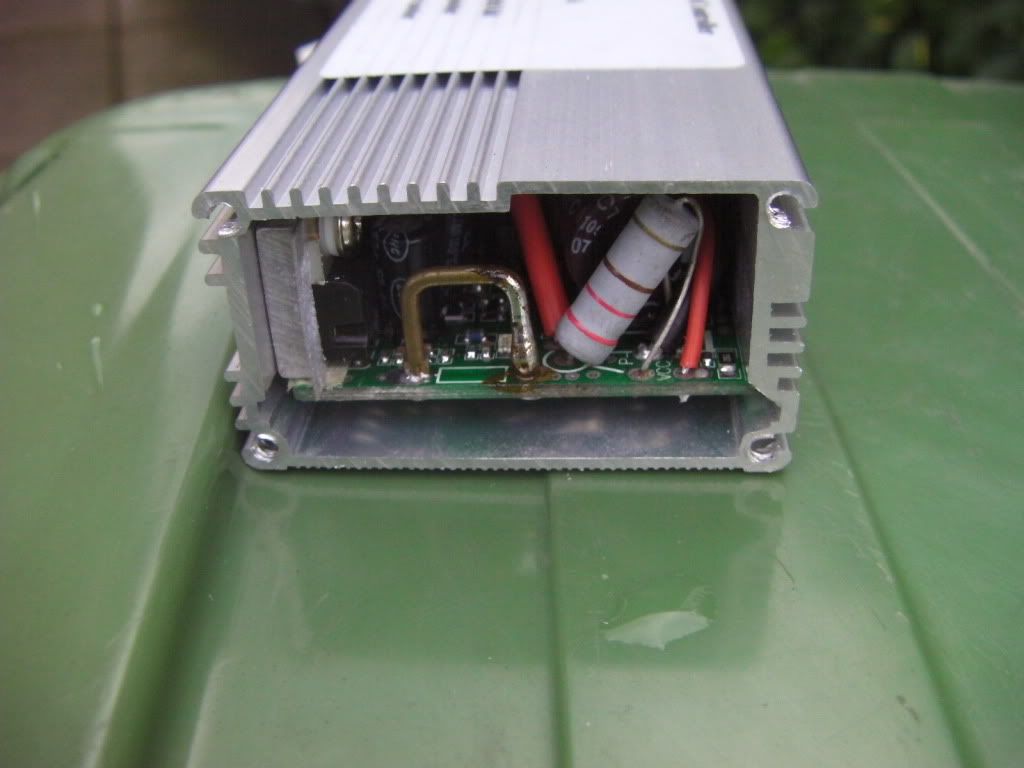Hi all, I'm new here.
About 6 months ago I built myself a cheap ebike commuter.
I bought one of these. http://www.ebay.co.uk/itm/Electric-Bicycle-E-Bike-Motor-Conversion-Kit-26-Rear-Wheel-48V-1000W-Hub-Cycle-/172348979639?hash=item2820ccb9b7:g:ve0AAOSww5hZGQ5u

A cheap MTB and a 15Ah battery.
I've put 800 Miles on it now (cycle paths) and am very very happy with it. I really don't have any complaints, It's plenty fast on the straights and I only use about 60% of my battery on my trip. The speed sensor and "limiter" are not fitted/in use.
I get a solid 25-30mph on the straights with her (depending on the length). I've had a max 35mph out of her going downhill, but I backed off as it really doesnt feel very safe above 30mph (for me). The only thing, I wish it had a bit more grunt going uphill. Is there anything simple (and safe) that I can do to get a bit more power out of it. I believe I read that the motor itself will be perfectly safe operating slightly above 1000w.
The battery I have is from China, It's claimed 15Ah. I cant remember the exact specifications for it and I can't find the order again but it looks something like this.

I have no reason to suspect it is anything other than as was listed and is serving me well so far. Still holding the same charge it always did. Speed and range I'm getting is in keeping with what others report for 48v 15Ah.
Basically can I easily get the wattage up? Safely? I understand I will use more battery juice doing this, but I have a good 40% buffer to play with anyway. so not fussed about that. What would you recommend?
Thanks.
About 6 months ago I built myself a cheap ebike commuter.
I bought one of these. http://www.ebay.co.uk/itm/Electric-Bicycle-E-Bike-Motor-Conversion-Kit-26-Rear-Wheel-48V-1000W-Hub-Cycle-/172348979639?hash=item2820ccb9b7:g:ve0AAOSww5hZGQ5u

A cheap MTB and a 15Ah battery.
I've put 800 Miles on it now (cycle paths) and am very very happy with it. I really don't have any complaints, It's plenty fast on the straights and I only use about 60% of my battery on my trip. The speed sensor and "limiter" are not fitted/in use.
I get a solid 25-30mph on the straights with her (depending on the length). I've had a max 35mph out of her going downhill, but I backed off as it really doesnt feel very safe above 30mph (for me). The only thing, I wish it had a bit more grunt going uphill. Is there anything simple (and safe) that I can do to get a bit more power out of it. I believe I read that the motor itself will be perfectly safe operating slightly above 1000w.
The battery I have is from China, It's claimed 15Ah. I cant remember the exact specifications for it and I can't find the order again but it looks something like this.

I have no reason to suspect it is anything other than as was listed and is serving me well so far. Still holding the same charge it always did. Speed and range I'm getting is in keeping with what others report for 48v 15Ah.
Basically can I easily get the wattage up? Safely? I understand I will use more battery juice doing this, but I have a good 40% buffer to play with anyway. so not fussed about that. What would you recommend?
Thanks.
Last edited:



